If you are providing a rectangle to colour in, why not just ignore a rectangular area in the first place? Here is some pseudo code
int compareimages (char *im1, char* im2, int wid, int dep, int x0, int y0, int x1, int y1) {
int x, y;
for (y=0; y<dep; y++)
for (x=0; x<wid; x++)
if (x<x0 || x>x1 || y<y0 || y>y1) // if outside rectangle
if im1[y*wid+x] != im2[y*wid+x] // compare pixels
return 0;
return 1;
}
UPDATE for several areas to be ignored, which may overlap.
Still not hard: just provide an array of rectangles. It is still going to be easier than going to the trouble of painting out areas when you can check them in the first place.
#include <stdio.h>
#define WID 200
#define DEP 600
typedef struct {
int left;
int top;
int right;
int bot;
} rect;
char image1[WID*DEP];
char image2[WID*DEP];
int inrect (int x, int y, rect r) {
if (x<r.left || x>r.right || y<r.top || y>r.bot)
return 0;
return 1;
}
int compareimages (char *im1, char* im2, int wid, int dep, rect *rarr, int rects) {
int x, y, n, ignore;
for (y=0; y<dep; y++)
for (x=0; x<wid; x++) {
ignore = 0;
for (n=0; n<rects; n++)
ignore |= inrect (x, y, rarr[n]);
if (!ignore)
if (im1[y*wid+x] != im2[y*wid+x]) // compare pixels
return 0;
}
return 1;
}
int main(void) {
rect rectarr[2] = { {10, 10, 50, 50}, { 40, 40, 90, 90 }};
// ... load images ...
// put pixel in one of the rectangles
image1[20*WID+20] = 1;
if (compareimages (image1, image2, WID, DEP, rectarr, 2))
printf ("Same\n");
else
printf ("Different\n");
// put pixel outside any rectangles
image1[0] = 1;
if (compareimages (image1, image2, WID, DEP, rectarr, 2))
printf ("Same\n");
else
printf ("Different\n");
return 0;
}
Program output:
Same
Different
EDIT added another version of the function, comparing 4 pixel components.
int compareimages (char *im1, char* im2, int wid, int dep, rect *rarr, int rects) {
int x, y, n, ignore;
for (y=0; y<dep; y++)
for (x=0; x<wid; x++) {
ignore = 0;
for (n=0; n<rects; n++)
ignore |= inrect (x, y, rarr[n]);
if (!ignore) {
if (im1[y*wid*4+x] != im2[y*wid*4+x]) // compare pixels
return 0;
if (im1[y*wid*4+x+1] != im2[y*wid*4+x+1])
return 0;
if (im1[y*wid*4+x+2] != im2[y*wid*4+x+2])
return 0;
if (im1[y*wid*4+x+3] != im2[y*wid*4+x+3])
return 0;
}
}
return 1;
}






